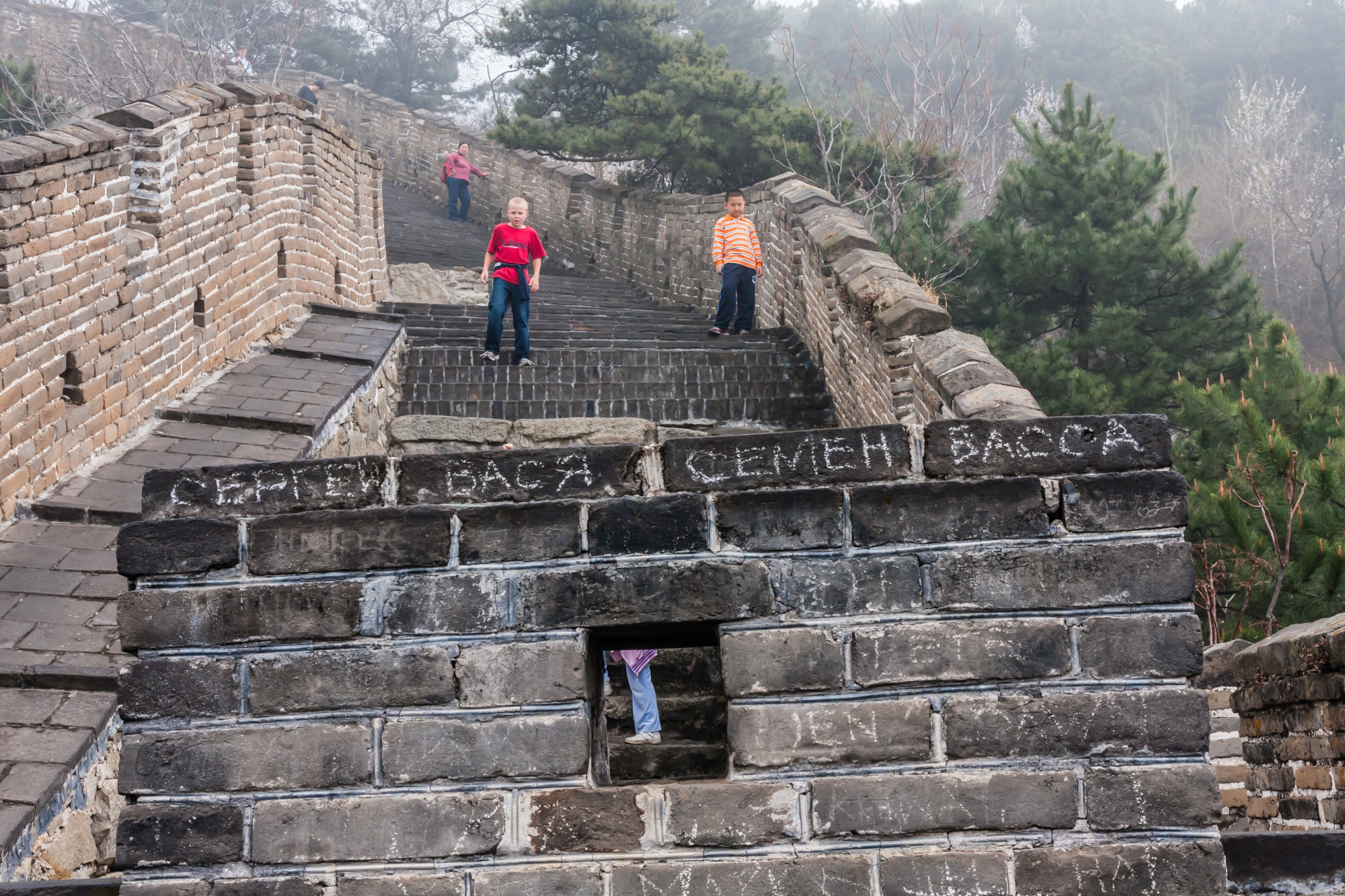
Dozens of ancient stone grenades found in first-of-its-kind discovery of Great Wall of China weapons storehouse
- The stones were filled with gunpowder and thrown at enemies, often exploding upon contact
- Discoveries highlighted fact that gunpowder was essential part of Ming dynasty military strategy
Archaeologists in China unearthed earlier this month dozens of ancient stone grenades in what they believe was a weapons storehouse along the Great Wall of China, the first such facility discovered at the wall.
The discovery of 59 stone grenades was made in the western area of the Badaling section of the Great Wall, which is the most visited section and lies about 80km northwest of downtown Beijing.
It is the first time a weapons storehouse has been discovered along the Great Wall, according to Shang Heng, a Beijing Institute of Archaeology researcher, in an interview with Xinhua.
“These seemingly unremarkable stones have a round hole in the centre for gunpowder fillings. After filling, they can be sealed and thrown, which can not only hit the enemy but also cause an explosion to defeat the enemy,” said Shang.
The grenades, which were inscribed with orders for the guards, are believed to have been weapons for soldiers along the Great Wall during the Ming dynasty (1368-1644).
Scientists have found around 400 grenades in previous excavations of the wall, but never before stored in a weapons facility like this recent discovery.

The storehouse offers insight into the Ming-era military strategy for defending the Great Wall.
Ma Lüwei, an archaeologist specialising in Chinese military history, told the Global Times that the grenades were essential in protecting the wall against enemy invasions.
He said the grenades were often stored in holes inside of medium-sized hollow bits of stones, making them easy to locate and throw down at enemies during an attack.
Shang said that the grenades had a “big explosive power” and were popular with the Ming dynasty military general Qi Jiguang, a towering figure in developing Chinese military strategy and weapons.
Tonio Andrade, a professor of Chinese and Global History at Emory University, told Newsweek that the Ming dynasty was the state most heavily armed with gunpowder in the world at that time.
The recent archaeology project also discovered a stone fort alongside the wall that would have been used to fire support cannons in self-defence. It was the first time such a fort had been found along the Badaling section of the wall.

They also found ancient walls designed for soldiers to easily climb on and shoot arrows from the top.
Finally, a slew of artefacts shed light on the daily lives and culture of the people who spent their days living in and around the Great Wall of China.
They found fire pits, stoves, pots, plates, scissors, shovels and other artefacts that were a reminder that the wall would naturally have developed a vibrant culture and community among its inhabitants.
Considered the most architecturally complex segment of the Great Wall, the Badaling section was excavated 110 times between 2000 and 2022, including a project in 2021 that offered the most definitive evidence to date about how the wall was built.
The Great Wall of China consists of 21,000 km of interconnecting walls, some of which date back 2,000 years. The wall is not one massive, unbroken structure, as there are sizeable gaps between sections.

